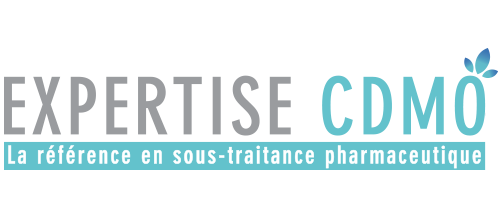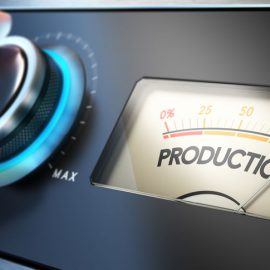The Supply Chain management is carried out at any levels, according to the needs, objectives to the Supply Chain scope.
The main Supply Chain KPis
The Supply Chain, like any process under control, is governed by a few indicators that must be easily implemented into the Company practices. Among the most basic, we find:
- Stocks level (in € or in days of sales, forecasts or consumption),
- Age of stocks (in months), coverage
- Cost of stocks (in €),
- Estimated turnover (in €), the budget achievement, compared to forecasts,
- Forecasts reliability (%) at different levels: zones, markets, commercial, customer, article,
- Internal service levels (between workshops), customers (the service level seen by the customer),
- External service level and the partners reliability (suppliers, carriers, …),
- Global service levels for Supply Chain (%),
- Ranges relevance, nominal, ranges and realized gaps.
Indicators at the heart of the supply chain control and management
These indicators allow to control each Supply Chain step and measure its performance against the global company objectives. They allow to measure the gaps between budget, achieved and the company strategy.The Supply Chain dashboard must remain consistent with the manufacturing indicators: TRS (synthetic yield rate), absenteeism, second choice, rejects, recovery rate…
The supply chain management indicators must be widely displayed in the company so that each of the people can measure their involvement in achieving the global objectives.Finally, once the customer is at the organization center, Supply Chain processes under control, all that remains is to implement the improvement tools to improve the process.
Finally, if you want to go further you can define your manufacturing strategy.


